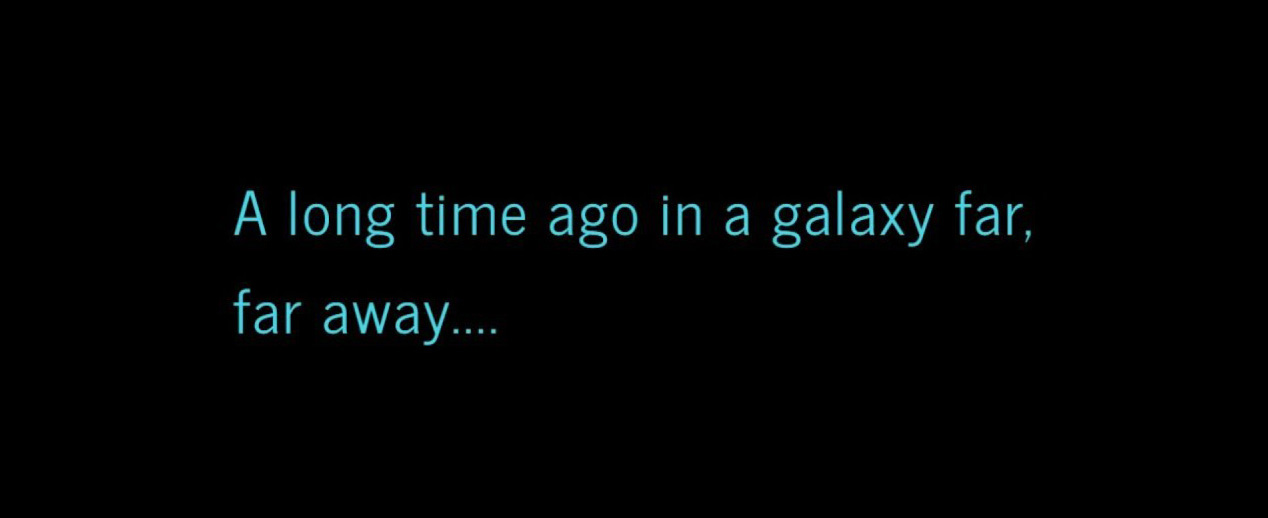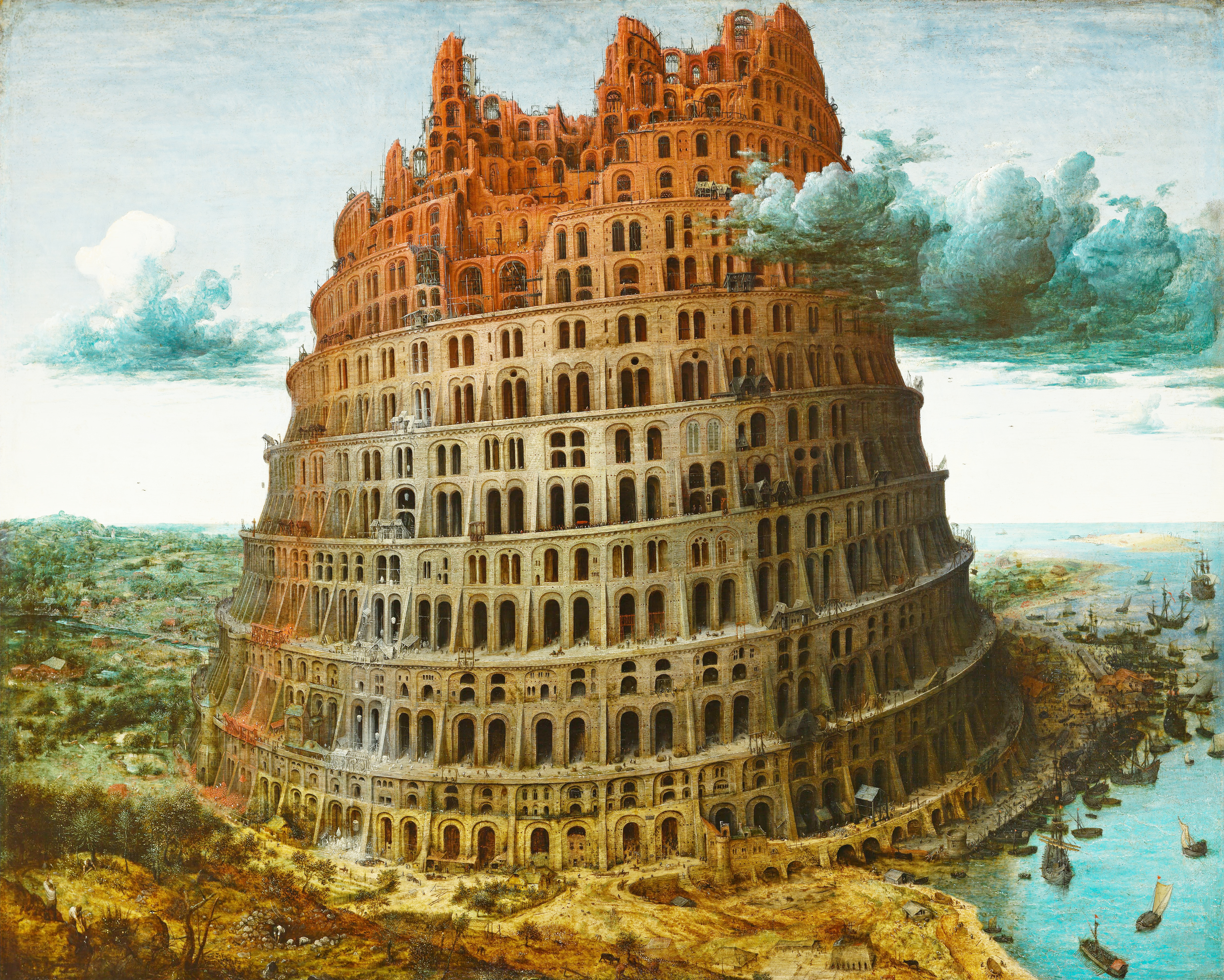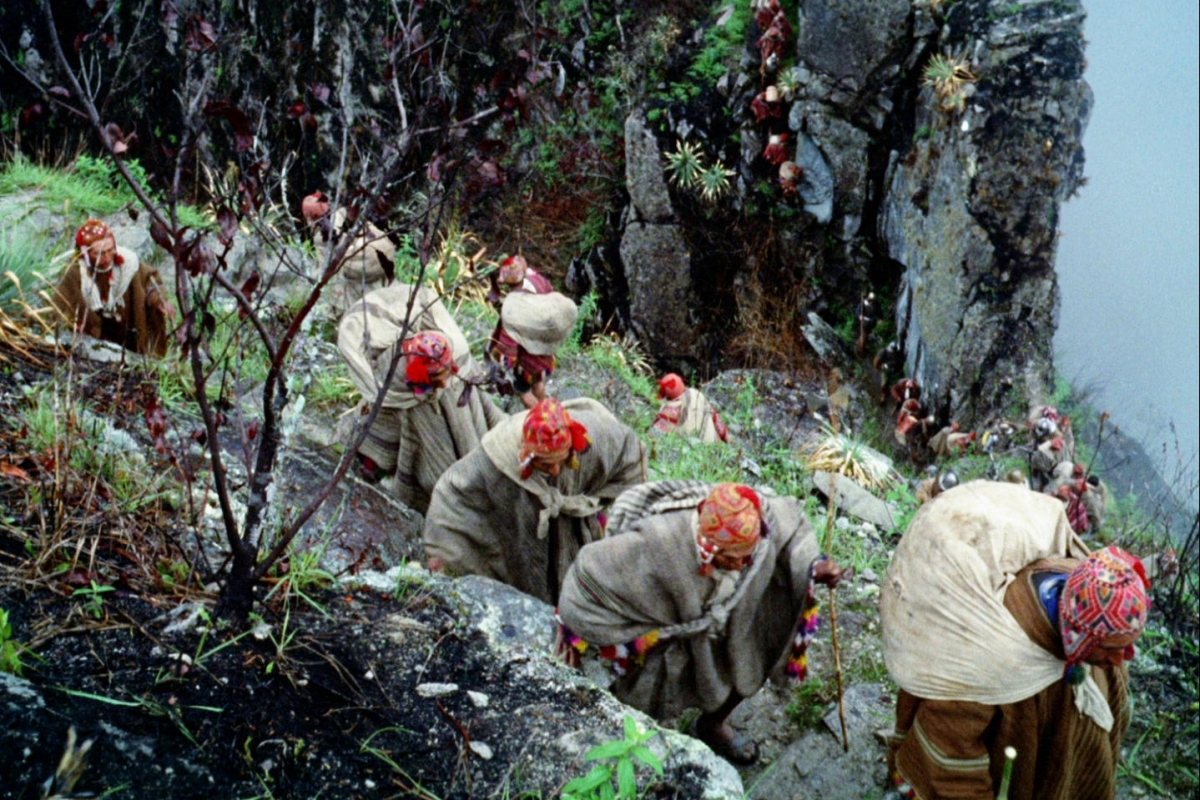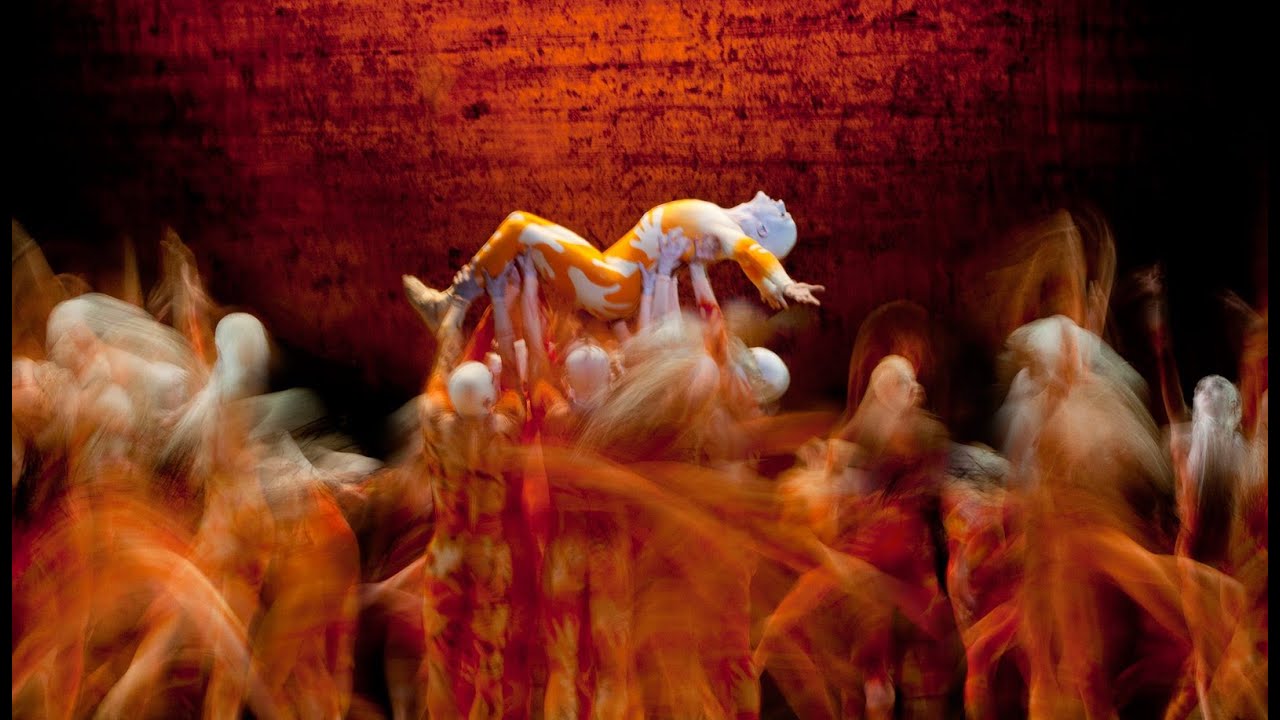Once upon a time
Why the classic opener is so powerful
Several years ago, after thrashing out some ideas over Thai food, I joined Infinity Works (now part of Accenture) as their Storyteller, to help on communication and culture. Among other things, I run a presentation skills workshop (and if that thought fills you with dread, let me assure you that it’s unlike any ordinary presentation skills workshop!)
“What’s the best way to begin a talk?” – that’s one of the questions we try to answer. Indeed, beginning with a question, whether rhetorical or sincere, is effective. But the best way… the best way, I argue, is the good old-fashioned way to begin any story:
Once upon a time…
But you can’t begin a business presentation with “once upon a time”! You’ll be laughed out of the room! Not so.
I don’t necessarily mean those exact words, but rather, words like them, words that hold the same meaning. Words that cast the mind of the listener back a while, back to a time that was better understood, when things were done properly, or perhaps improperly, but that was then and this is now and that was them and this is us. And we can look at them objectively, those strange people from the foreign land called “the past”, and look at what they did, understand it or be mind-boggled by it, and think about what we might have done differently.

What words, then, if not exactly those? Words like:
A long time ago, in a galaxy far, far away….
It was a bright cold day in April, and the clocks were striking thirteen.
The night was as black as the inside of a cat.
It was just a year ago and I was up here and announced that we were gonna switch to Intel processors.
It is 1958. IBM passes up the chance to buy a young, fledgling company that has just invented a new technology called xerography.
The first three might be instantly recognisable: George Lucas’s Star Wars, George Orwell’s 1984, and Terry Pratchett’s Wyrd Sisters. The last two are by that late master of the business presentation, Steve Jobs – the launch of the iPhone (2007) and the Apple Macintosh (1984) respectively. Two milestone speeches in recent computing history, and both began with “Once upon a time…”.
For good measure, how about some ancient examples:
In the beginning God created the heaven and the earth. And the earth was without form, and void; and darkness was upon the face of the deep. (The Bible)
So. The Spear-Danes in days gone by and the kings who ruled them had courage and greatness. (Beowulf)
Tell me, Muse, of the man of many ways, who was driven far journeys, after he had sacked Troy’s secret citadel. Many were they whose cities he saw... (Homer’s Odyssey)
While none of these, along with the modern examples, literally use the words “Once upon a time”, I think the concept is exactly the same. Begin a story by saying that, in the past, things were like this.
Not just English
This form exists in almost every language on the planet. Wikipedia has a list which I found extraordinary, from Amharic “Once a long time ago…” to Vietnamese “A long, long time ago…”, it’s an incredibly prevalent form. Several versions are interestingly and subtly different. For example, Polish has: “A long, long time ago, beyond seven mountains, beyond seven forests…” – but the opening clause is sometimes dropped and assumed out of deep familiarity, so stories begin “Beyond seven mountains, beyond seven forests…” (and a long, long time ago, but you already know that, dear listener, because your father told you stories just like this, just as his father told to him). Lithuanian has an intriguingly similar “Beyond nine seas, beyond nine lagoons…”. Which seas, which mountains, which forests, which lagoons? Another time, perhaps.

I was struck by the insight offered by the Romanian form: “There once was, as never before, because if there wasn’t, it wouldn’t have been told…”. This implies to the listener that the story has been told from storyteller to storyteller in an unbroken chain across the ages. You’re about to hear a story that has been carefully preserved, and the storyteller is in some way connected to a witness to those events. Because if there wasn’t a witness, it wouldn’t have been told…
And that brings us to a reason why this form is so fundamental, and so primally attractive. How exactly did this story make it from such a long time ago to today, so that it can be told to me? Well, perhaps that’s only true figuratively, if the story is a work of fiction, but even fiction is alluding to the ancient stories that have been handed down by generations. And there we have it: even if the story itself is just a story (not that we can so flippantly dismiss something as powerful as a story), it serves as a connection to the past. But not just to the past, because someone (either fictional or real) witnessed the original events. It’s a connection to our ancestors.
I think that this is why the form holds power. It connects us via a chain of storytelling to those who went before. I think this is true even in the case of pure fiction (such as the opening of Star Wars) or a story about a possible future (as in 1984), because we are so instinctively held by the concept of an ancestral tale, because that is exactly how important information was transmitted over distances in time and space; “the story” has evolved along with humans. “The story” is fundamental to being human.
In other media
If “Once upon a time” is such a powerful form in the spoken and written word, does it have analogues in other media that don’t involve words? Does it exist, for example, in film, or in music – or even in media that don’t primarily work with a time dimension, such as paintings?
Film
I’d say it’s a form widely used in film.
Think of Saving Private Ryan. At the start we see Tom Hanks as an old man, in the present day, looking at a war grave, thinking about what happened once upon a time – and then we’re taken there, to the D-Day landings, and the story unfolds.
Think of Citizen Kane, by reputation one of the greatest films of all time. In the opening scene we see a wire fence with “No Trespassing”, then ornate gates, then a grand, eerie, dilapidated, old house with a single lit window, to which we are gradually drawn. We see a house in a snow-globe, which falls from a hand and shatters. A man whispers the single word “Rosebud”, and dies. So much emotion and intensity are created in the opening scene, and so many questions raised – and for me this is that familiar form; it eloquently and purely visually says “Once upon a time there was a man who died, the word ‘Rosebud’ on his lips, after discovering that there is more to happiness than all the material wealth in the world…”. You are irresistibly taken into the story – and you want to know the rest of it.

Another example is the opening of , which combines several elements, all of which say “Once upon a time”, to considerable effect. First we see that most ancient of Earth’s structures, a mountain, emerge from the mist (OUAT #1: landscape). We see that there’s a line of people snaking their way down a vertiginous trail, dressed in ancient clothes (OUAT #2: costume). We hear music: choirs, chanting (reinforcing the period costume, OUAT #3). But it’s not just any choir. It’s a choir, recorded and distorted, as if on tapes that have decayed over time (OUAT #4). And then at last we hear words conforming to a familiar form: “On Christmas Day of the year 1560…” – OUAT #5.
Classical music
What about classical music? Can we find “Once upon a time” there, in a medium that we might consider a language without words?

Consider Mozart’s Requiem, his final piece. There are many stories to be told about the circumstances (mysterious and otherwise) surrounding the composition of this masterpiece, left incomplete on his deathbed. But even though it’s “just” a setting of the Requiem Mass, Mozart being the Mozart of so many great operas presents it using a story form –the classic beginning of a story and subject of this discussion. And why not, for what is a Requiem, if not the story of a life and its commendation to God?
The opening of Mozart’s , the Introitus, begins with slow, stately music, surrounded by aching suspensions of harmony, and when the choir enter, it’s with a pronounced rhythm, reminding me of a slow funereal march. Why did Mozart do that, specifically? He wanted to set the scene: sombre, serious, grave, Adagio. It’s a Requiem Mass after all, and this is the Introitus (i.e. introduction). He achieves this in the music by making a reference to older, more ancient music – a slow Baroque overture, or even earlier, the polyphony and suspensions of the late Renaissance – and to a traditional slow funeral march. It is masterful music, but also masterful storytelling and scene-setting: Once upon a time...
Mozart also used this convention to begin his opera The Magic Flute: its Overture begins with slow, stately, somehow serious, dramatic, ultra-formal music, before faster (much faster!) music.
Think also of the opening of Handel’s , the Overture, itself using that kind of opening as a reference to an older, formal, serious convention, Messiah coming after Handel’s successful career writing opera which, if not “crowd-pleasing” in a barrel-scraping sense, certainly pleased the crowds.
Introitus; Overture; these words self-evidently describe openings. But there's more to it than that – they open, but they do so by making reference to something older, something that went before.
Requiem, Messiah, and Magic Flute. Three stories! All beginning, I think, with a musical “Once upon a time” that functions just like that form of words: cast your minds back, listener, to an earlier time…
Here’s an example from later classical music, from the turn of the 20th century – Elgar’s The Dream of Gerontius. The opening of is one of the clearest examples of a musical “Once upon a time” that I know! Again, it’s slow, a mystical melody coming out of nowhere like that mountain coming out of the clouds in Aguirre. To me it sounds incredibly ancient and monumental, but by reference only, as the harmony is anything but ancient – by the standards of 1900 it is positively modern.

Final example – and this time a piece that has no words, in case you are unpersuaded of music’s power to say “Once upon a time” all by itself – consider the opening of Stravinsky’s . A single line, high on the bassoon, moving in a circular and mysterious fashion around a central pitch. It lures us in and with its strange, repetitive phrase immediately suggests an ancient ritual – which is exactly what this is, it’s a “scene from pagan Russia” – this music is exactly “Once upon a time…”, or, as is the convention in Russian, “In some kingdom, in some land, there lived, there was...”
Paintings and other artworks
I’m not sure if a painting, which can be appraised in a single glance (but dwelt on for a lifetime) can incorporate the kind of audience-preparation and context-setting that “Once upon a time” provides. Paintings, sculpture, and other such artworks don’t primarily dwell in the temporal dimension, not in the way that music, words, and film do. However, I think that the way these artworks are presented can certainly contribute to a “Once upon a time” effect.
It could be as simple as the choice of frame: a heavy gilt-edged frame defines the beginning and end of the painting, and casts our mind back, in a way, by suggesting that the painting has historical importance. Or the location of an artwork in a religious building – does the church itself provide “Once upon a time” to its stained-glass images of saints, or do the luminous saints provide “Once upon a time” to the stone and mortar of the church building?

Another consideration might be the planned context of artworks in an exhibition. To take an extreme and notorious example, Tracy Emin’s My Bed. Does this only work because it is (or was) presented in an art gallery? It is claimed that the bed is exactly as it was after the artist experienced a depressive phase, but once it is placed in an art gallery, it is no longer in its original context – it’s in a new context, framed by the gallery and the audience (and media furore) around it. Only then, I think, does it gain storytelling power, and I think that framing is the “Once upon a time … there was a depressed artist who remained in bed for four days without eating or drinking anything but alcohol”. The addition of the “Once upon a time” frame is essential to its essence as an artwork.
Conclusion
Next time you are working on a presentation of some kind, then, remember these four magic storytelling words.
Best Man speech? Begin with a story from your shared youth.
Sales pitch? Begin with the situation as it was before your company arrived to make the world a better place.
A novel? Spoilt for choice when it comes to great examples – but perhaps avoid the purple “It was a dark and moonless night…”
It’s important to draw your audience in from the very start. They will tend to remember the first thing you said, and the last thing you said. It may come as no surprise, then, to remember that stories have a classic ending, and to discover that it, also, has a similar form across numerous languages – “and they all lived happily ever after”, for example the bleakly, wonderfully concise Norwegian “and if they’re not dead, they still live.”
But I’ll finish with a light adaptation of (I think) my favourite version of that ending – the Persian:
This blog-post has come to an end, but the story yet remains.